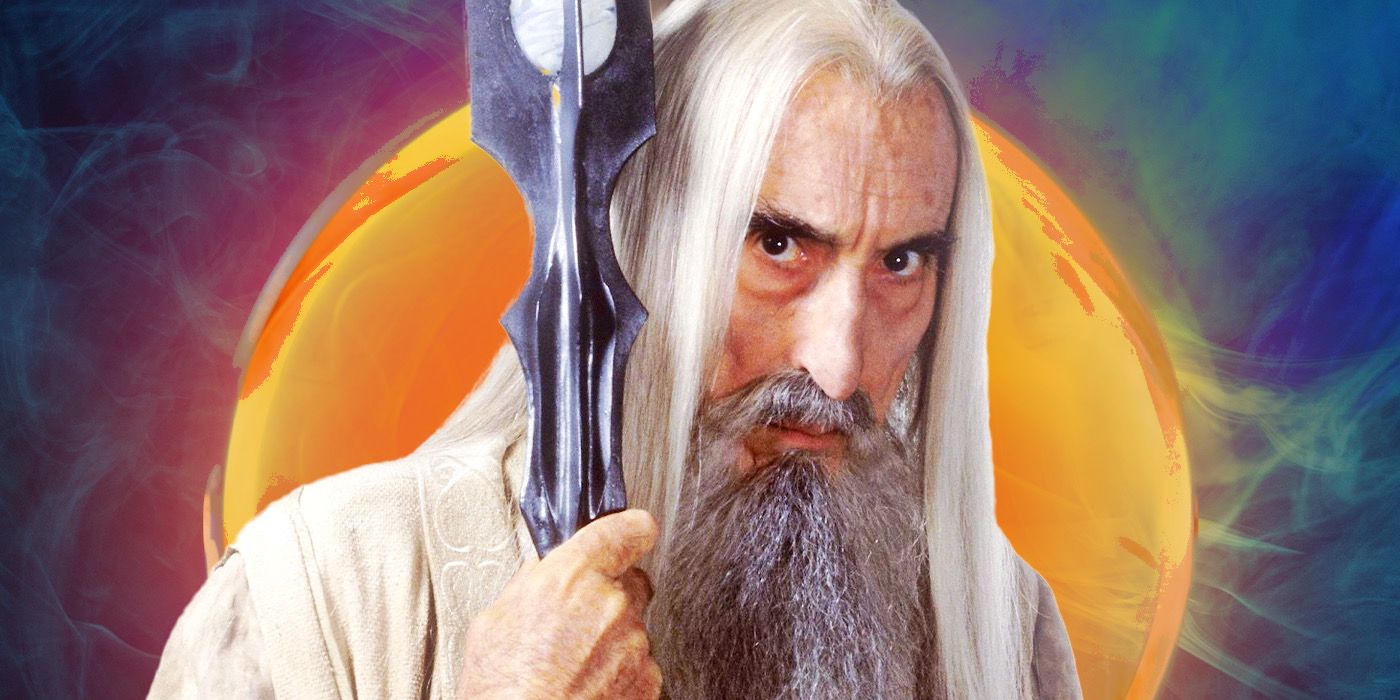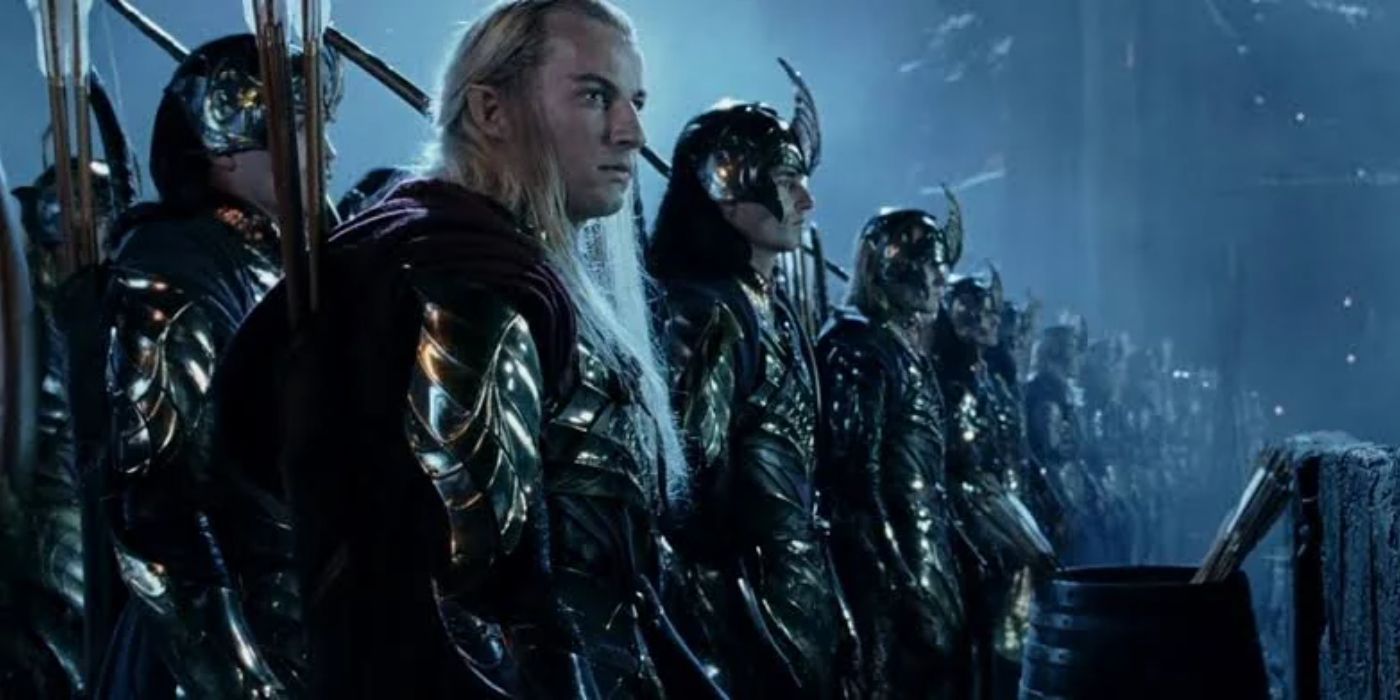Here’s Why the Elves Don’t Fight at Minas Tirith or the Black Gate in ‘The Return of the King’?

It’s the last battle in a war that may well bring the end of the world, and some of your greatest allies are nowhere to be found. That’s the situation Humans find themselves in The Lord of the Rings: The Return of the King, when they face the armies of Mordor by themselves in the battles of the Pelennor Fields and the Black Gate. One would expect that their allies, like the fearless, wise, and powerful Elves, to join the Humans, but this didn’t happen, and, although the Host of the West was victorious in both battles, it was at a heavy cost. So why didn’t the Elves come to fight beside humans one last time?
War Had Already Come to Elven Lands
Elves and Humans were once great allies in the fight against Sauron’s darkness in the Second Age, but, in the Third Age, they rarely fight side-by-side when it comes to military aid. That’s because the War of the Ring is raging throughout all Middle-earth, and the Elves have their hands full, too. Middle-earth is a huge continent, and Sauron has fortresses and armies stationed all over, enough to strike against many places at once. That’s what prevents the Elves from joining battles like the Pelennor Fields and the Black Gate.
At that moment in time, there are three major Elven strongholds in Middle-earth: Rivendell, Lothlórien, and the Woodland Realm in Mirkwood. Rivendell is the only one that spends the War of the Ring without being directly attacked due to its secret location and Elrond’s (Hugo Weaving) concealment, but Lothlórien and the Woodland Realm are attacked by Sauron’s forces around the same time as the battles of the Pelennor Fields and the Black Gate—all in March of the year 3019 of the Third Age. According to Appendix B of The Lord of the Rings, Lothlórien is attacked three times: on March 11, March 15, and March 22. The Woodland Realm is also targeted on March 15. For reference, the battles of the Pelennor Fields and the Black Gate take place on March 15 and March 25, respectively, so there is no way the Elves could march all the way down to Gondor in time for the Black Gate battle.
The Elves’ absence is actually noted in the books, too. Gimli (John Rhys-Davies) and Legolas (Orlando Bloom) talk about it in the books, concluding that both Dwarves and Elves aren’t coming for aid because “war already marches on their lands.” And there are no hard feelings about this among Humans, too. They do not consider military aid from the Elves as even a possibility, and take the burden of the war in the south upon themselves.
Elves Were Not as Numerous in Middle-earth as They Once Were
One of the core issues facing the Elves in the Third Age is the dwindling of their powers in Middle-earth. The Light of the Eldar, as it’s called, is fading, and all Elves feel the call to the sea to return to the Undying Lands of Valinor. This process begins in the Second Age, and keeping this light from fading is what the Elves intended when they crafted the three Elven Rings of Power. Although connected to the One Ring, the Three provided the Elves with enough power to preserve their magic and prolong their stay in Middle-earth for another era.
The rise of Sauron in the Third Age is what effectively marks the beginning of the end of the Elves’ time in Middle-earth. With their own Rings of Power tied to the One Ring, if the latter is destroyed (and even the Elves hope it is), the Three lose their power, and nothing will stop the Light of the Eldar in Middle-earth from fading. From the beginning of The Lord of the Rings, Elves have been gradually leaving Middle-earth, especially the High Elves (also known as the Noldor) from places like the Gray Havens, Rivendell, and Lothlórien, so these realms simply do not have the strength to send aid to Gondor.

Related
Saruman’s vague taunt to Gandalf might have referred to Men or the Dwarf-lords.
The Silvan Elves from the Woodland Realm, like Legolas and his father, Thranduil (Lee Pace), only begin their exodus after the War of the Ring, but, during the conflict, also have their hands full. They don’t even send help to their neighbors in Dale and Erebor, for example, who are also facing the threat of Sauron. Eventually, the Woodland Realm and Lothlórien defeat Sauron’s forces, but this also marks the end of the Elves’ time in Middle-earth.
Sauron’s Strategy Was To Keep the Free Peoples of Middle-earth Separated
It’s important to note that, while the Elves had their own issues to take care of during the War of the Ring, Middle-earth is very, very big. For example, most of the battles depicted in the movies take place in the south—in Rohan and Gondor—while most Elven strongholds are located far away in the north and separated by the Misty Mountains. Dwarves, too, dwell in the Blue Mountains, Erebor, and the Iron Hills, all far away from each other as well as from the south. The only force that has strongholds close to all these places is Sauron, and he takes full advantage of this to strike against all of them at once.
This has always been at the core of Sauron’s strategy for the War of the Ring: if you keep the Free Peoples of Middle-earth separated, it’s easier to defeat them. Sauron remembers what happened the last time Elves and Humans fought together against him in the Second Age, and doesn’t want to risk repeating that same fate again, so he has Humans fighting on one front, and Elves and Dwarves fighting isolatedly in their own realms. The Elves do help the Humans, but only with what they can spare. Galadriel (Cate Blanchett) gifts the Fellowship special gifts, and Elrond sends his two sons, Elladan and Elrohir, to fight beside Aragorn. Because of Sauron’s strategy, it was impossible for the Elves to provide more aid than that.






